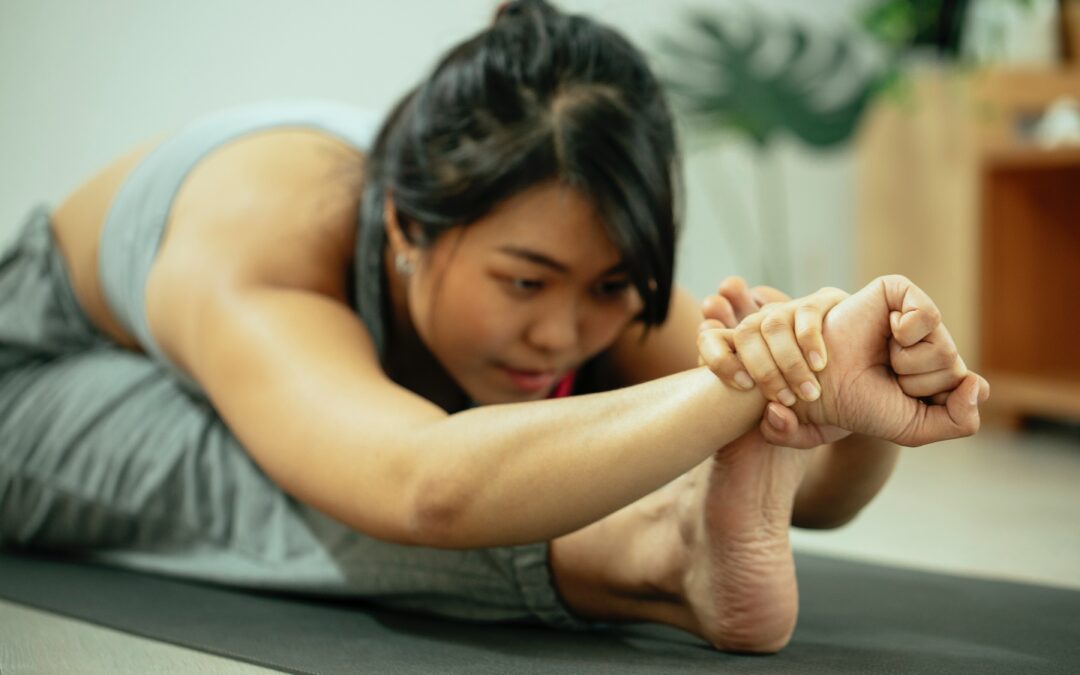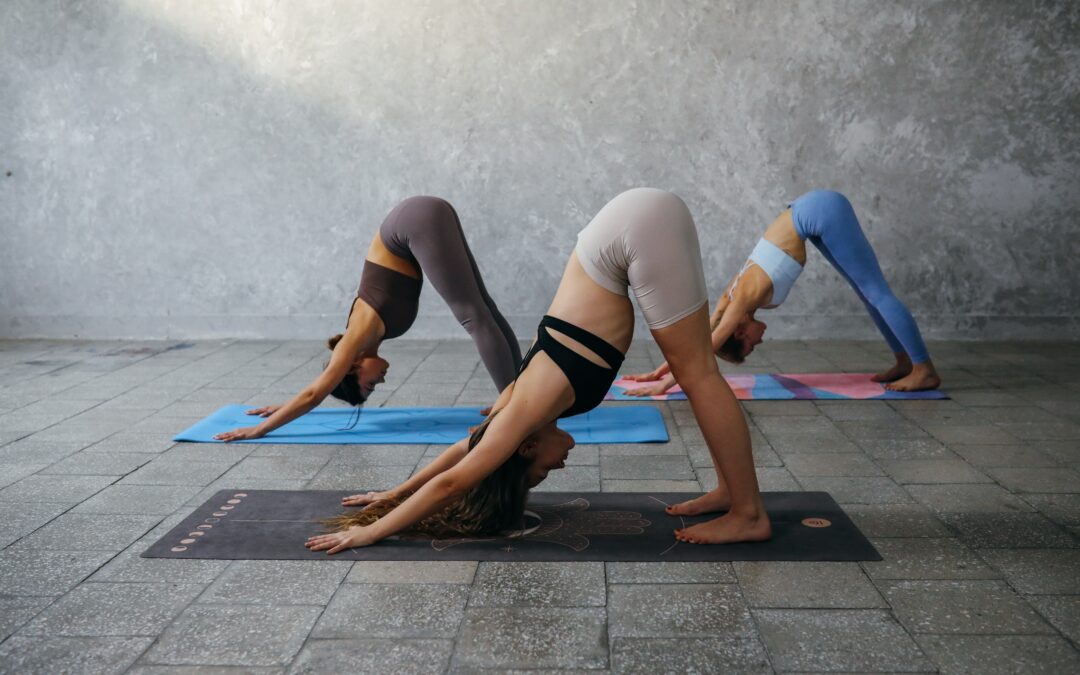If you have joined a yoga class even once you must have felt the difference between before and after a session. But how does it happen? What is the magic behind these different poses that leave us relaxed even after a very busy and stressful day? If you wonder why, this blog post is just for you to find out!
1. Yoga helps us regain the ability of shifting to resting mode at will
Our autonomic nervous system has two parts: the Parasympathetic Nervous System (PNS), and the Sympathetic Nervous System (SNS). While SNS guides us what to do in the time of stress i.e., fight, flight, or freeze; PNS takes over when the source of stress is gone and directs the functions of the body towards resting and digesting.
Although we need them both, the problem starts when overactivation of SNS disturbs our inner balance. Ideally, we should be able to shift between the two systems at will. As an example, even after a stressful day, when we come home, we should be able to switch into our resting mode, and at night, we should be able to fall asleep easily. However, most of us find ourselves not being able to do these even in the comfort of our home.
Returning to our original question, Hauswirth Jain, K. (2022) explains we may break this pattern by restoring healthy breathing patterns and learning to relax consciously with yoga. In a yoga class, we learn to find the appropriate stress for the tissues where we can still keep our breaths calm and smooth. Moreover, we learn to develop breath awareness in breathwork practices. In relaxation poses like Corpse Pose, we teach ourselves to relax at will which contribute to balancing our SNS and help us tap into PNS also off the mat whenever we need it.
To learn more about SNS and PNS you can check out the following Youtube video by Dr. Russ Harris (2016):
2. Yoga teaches us new psychological mechanisms
Riley, K. E. & Park, C. E. (2015) state that growing literature on yoga points out the following psychological mechanisms as an explanation for how yoga helps stress reduction: positive attitude towards stress, self-awareness, coping mechanisms, calmness, compassion, and mindfulness. Although inner workings of these mechanisms require further research, we can find insights elaborating on our self-practice.
With Jon Kabat-Zinn’s definition: “Mindfulness is awareness that arises through paying attention, on purpose, in the present moment, non-judgmentally”. When we understand or inherit mindfulness it can be much easier to be a home for calmness, and compassion. In his great work The Body Keeps the Score, Van Der Kolk, B. A. (2021) explains that the most important aspect of yoga is directing the attention to breath, feelings, and bodily impressions. He states that just realizing what happens within, helps emotional regulation processes.
As we learn to be present with ourselves on the mat, we tap into a feeling of safety. We begin to grow a place within ourselves that we can hold our feelings and thoughts with care and attention just as we hold our bodies in a yoga posture. Being aware of the body, directing our bodies in a pose that feels safe and solid, teaches us to care for ourselves and honor our body intelligence. This approach of caring and honoring eventually starts to flourish in other areas of our lives, making us feel safe and less stressed-out.
Another stress reducing aspect of mindfulness is bringing our mind to what happens in the present moment. This way, we learn to direct our energy in a useful area. Instead of spending our precious energy on thinking about the past or future, simply asking ourselves “What can I do for my well-being now?” has the potential of clearing out anxiety.
3. Yoga turns on the tap of life-force energy in the body
If we turn our attention to more subtle workings of yoga, we can find further inspirations. Clark, B. describes yoga practice as “We turn on the tap, and we remove blockages to the flow.” He reminds us of the subtle channels of life-force energy and the importance of healthy energy flow.
Internalizing life-force energy or these channels may be difficult for some of us. However, we have direct experience of how feeling stuck internally affects our body negatively, and how feeling energetic and alive in our body boosts our mood, and brings a stress-free state of mind.
Yoga has many layers that may have profound effects on reducing stress. In this blog we have talked about possible physical, psychological, and energetic mechanisms behind. Feeling inspired? You can start your yoga journey with Trueyogi Reduce Stress & Anxiety classes. Start your practice today with personalized yoga flows based on your mood, goals, and physical condition!
References:
Clark. (n.d.). Yoga and Energy. YOGA INTERNATIONAL. Retrieved November 16, 2022, from https://yogainternational.com/article/view/yoga-and-energy
Harris. (2016, July 24). The Sympathetic and Parasympathetic Nervous Systems by Dr. Russ Harris. YouTube. Retrieved December 14, 2022, from The Sympathetic and Parasympathetic Nervous Systems by Dr. Russ Harris
Hauswirth Jain. (2022, January 12). 7 Yogic Self-Care Rituals for Anxiety, Burnout & Stress Relief. ARHANTA YOGA. Retrieved November 16, 2022, from https://www.arhantayoga.org/blog/yoga-for-burnout-and-stress-relief/
Jon Kabat-Zinn: Defining Mindfulness What is mindfulness? (2017, January 11). MINDFUL Healthy Mind, Healthy Life. Retrieved November 16, 2022, from https://www.mindful.org/jon-kabat-zinn-defining-mindfulness/
Kristen E. Riley & Crystal L. Park (2015): How does yoga reduce stress? Asystematic review of mechanisms of change and guide to future inquiry, Health Psychology Review,DOI: 10.1080/17437199.2014.981778To link to this article: http://dx.doi.org/10.1080/17437199.2014.981778
Van der Kolk, B. (2021, July). BEDEN KAYIT TUTAR. Travmanın İyileşmesinde Beyin, Zihin, Beden. Nobel Yaşam.
Scan the QR below and download Trueyogi



